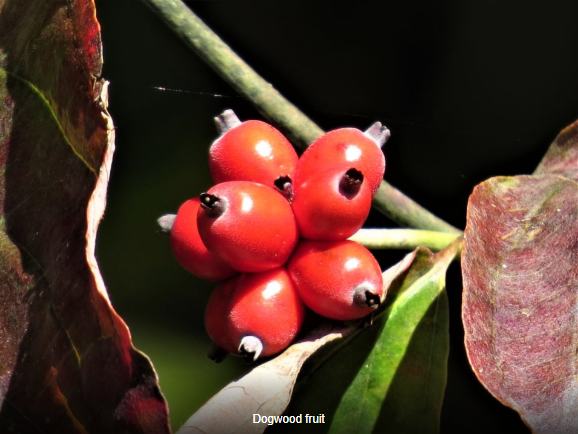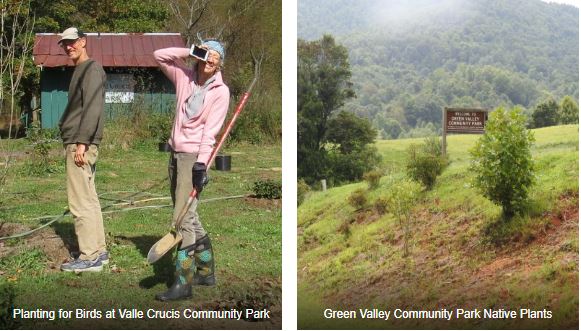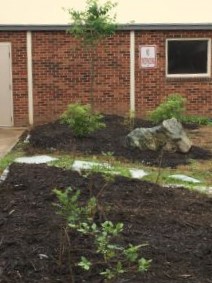Plants for Birds
National Audubon Society has recently launched Plants for Birds, a major initiative to improve native landscaping across the country. Research has shown that the single most critical factor to bird survival is the existence of native habitat. National Audubon has additionally commissioned the development of a Native Plants Database which allows users to search by zip code what plants are best suited to attract which species of birds. The High Country is fortunate to contain numerous natural communities which support a wide variety of native plants. Take a look at the database – it’s extremely helpful.
HCAS is contributing to the national Plants for Birds effort in a variety of ways. In 2018, we launched the “Birds, Bugs, and Blooms” Nature Walk series. These informative walks, conducted in partnership with the Native Plants Society , teach us about how all of nature interacts. The collaborative effort helps people understand the importance of the relationship between birds and native plants.
Below are local fruiting plants that the birds love. Photos by Bill Dunson


Upon request, members of HCAS will suggest landscaping ideas to land owners that will help to attract more birds to their yards. If interested, send us an email (click here).
In the past, HCAS has worked with the Wilkes County Habitat for Humanity to develop a series of native gardens within the Habitat projects. These gardens will provide useful learning experiences for the residents and provide additional native landscaping for birds and native pollinators.
HCAS continues to utilize Collaborative Grants from National Audubon to augment the natural environment at local parks. We’ve had several projects at Valle Crucis Community Park and Green Valley Community Park as well as other local parks. Improving native habitat provides additional food and shelter to both migrating and breeding birds.

Tying into the Plants for Birds Initiative is our School Native Gardens Program, which enlists area schools in the development of native gardens. The native garden is incorporated into an educational curriculum, teaching students about birds, native plants, weather, native pollinators and other pertinent topics. (See the “Hardin Park dedicates bird garden” article at WataugaDemocrat.com.) The students also learn to care for the garden in this program. The additional benefit of this program is that not only does the garden help teach the next generation about the criticality of native landscaping, but the gardens provide needed native landscaping within the High Country’s more-populated areas. Hardin Park School is the pilot for the program. Funds for this project were provided by a grant from the National Audubon’s Coleman and Susan Burke Center for Native Plants. This grant funding was then matched by a grant from the North Carolina Native Plant Society’s B.W. Wells Stewardship Fund. Donations from Foggy Mountain Nursery and Highland Landscaping Supplies contributed to the project. Volunteers from both HCAS and the Blue Ridge Chapter of the Native Plant Society planted the shrubs and trees. The students from Hardin Park School planted the perennials.

Bird-friendly Native Plants at Hardin Park School

